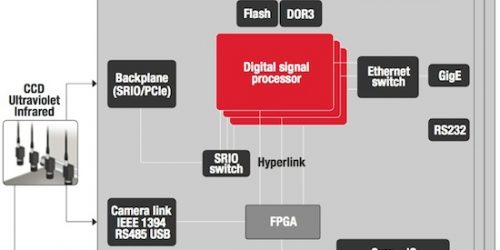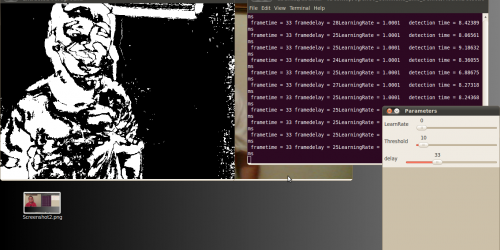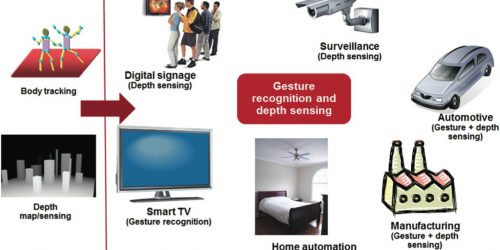March 2012 Embedded Vision Alliance Summit Technology Trends Presentation on Image Sensors
BDTI Senior Engineers Eric Gregori and Shehrzad Qureshi deliver a techology trends presentation on image sensors for embedded vision applications, at the late-March 2012 Embedded Vision Alliance Summit. Eric and Shehrzad discuss trends regarding conventional 2-D image sensors, as well as those supporting "3-D" (depth discernment) and "4-D" (i.e. selective focus, otherwise known as light […]







